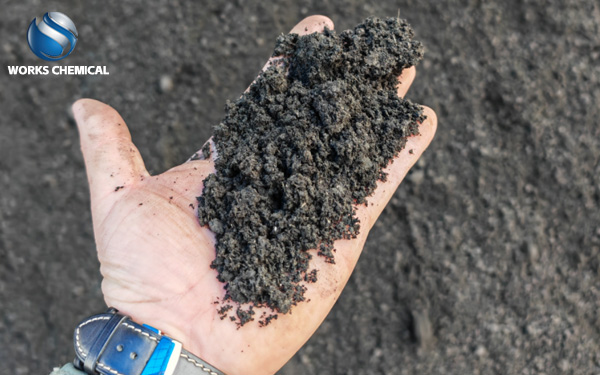
In the papermaking industry, sludge treatment has always been a dual challenge of environmental protection and cost control. As a by-product of wastewater treatment, papermaking sludge has a water content of over 95% and is rich in cellulose, fillers and organic matter. The traditional dewatering process relies on high-pressure equipment and a large amount of flocculants, which has pain points such as high energy consumption, low efficiency and high chemical cost. In recent years, sludge enhancers, as an innovative chemical conditioning technology, have successfully solved the problem of sludge dewatering in papermaking through the synergistic effect of multiple components, becoming a new powerful tool for cost reduction and efficiency improvement in the industry.

I. Papermaking Sludge Dewatering: The Triple Dilemma of Traditional Technologies
High energy consumption dependence
Take the belt filter press as an example. To process sludge with a moisture content of 98%, a large amount of electricity is consumed to maintain high-pressure squeezing. The electricity consumption per ton of sludge is about 15 to 20 kilowatt-hours, and the moisture content of the sludge cake after dewatering is still as high as 75% to 80%, which is difficult to meet the requirements of resource utilization.
The cost of pharmaceuticals is high
Traditional polyacrylamide (PAM) flocculants need to be added in large quantities. The cost of the agent per ton of dry sludge is about 80 to 120 yuan. Moreover, excessive use will lead to an increase in the viscosity of the filtrate, which will have a reverse effect on the dewatering efficiency.
The equipment is severely worn.
High-viscosity sludge is prone to clogging the filter cloth, which requires frequent flushing and replacement. The average annual maintenance cost accounts for 15% to 20% of the equipment investment, indirectly increasing the operating cost.
Ii. Sludge Enhancer: Technological Breakthroughs and Mechanism of Action
The sludge enhancer achieves a qualitative leap in sludge dewatering performance through a triple mechanism of "charge neutralization - structural wall breaking - surface modification" :
Iii. Application Effectiveness: A Win-win Situation of Efficiency and Cost
More importantly, the sludge enhancer has achieved "turning waste into treasure" :
Fiber recovery: Through the retention aid effect, 50% of the fine fibers in the sludge can be reused in the papermaking process, reducing the cost per ton of paper by 30 to 50 yuan.
Calorific value increase: After dewatering, the calorific value of the sludge increases by 20%. When used as fuel to replace part of the coal, it saves over one million yuan in fuel costs annually.
Iv. Technology Extension: Full-chain Optimization from dehydration to Resource Utilization
The technical value of sludge enhancers goes far beyond the dewatering process:
Synergistic anaerobic digestion: Sludge treated with enhancers has a 35% increase in the bioavailability of organic matter and a 25% increase in biogas production.
Building material utilization: Sludge with a moisture content of less than 60% can be directly used for brick-making, replacing 15% to 20% of clay raw materials. The annual benefit increase of a single production line exceeds 2 million yuan.
Conclusion
The sludge enhancer, with its innovative model of "chemical conditioning + resource reuse", provides a low-cost and high-efficiency system solution for sludge treatment in the papermaking industry. Under the dual pressure of stricter environmental protection policies and intensified market competition, this technology will become a key driver for papermaking enterprises to achieve green transformation, helping the industry move towards a new era of "zero emissions".